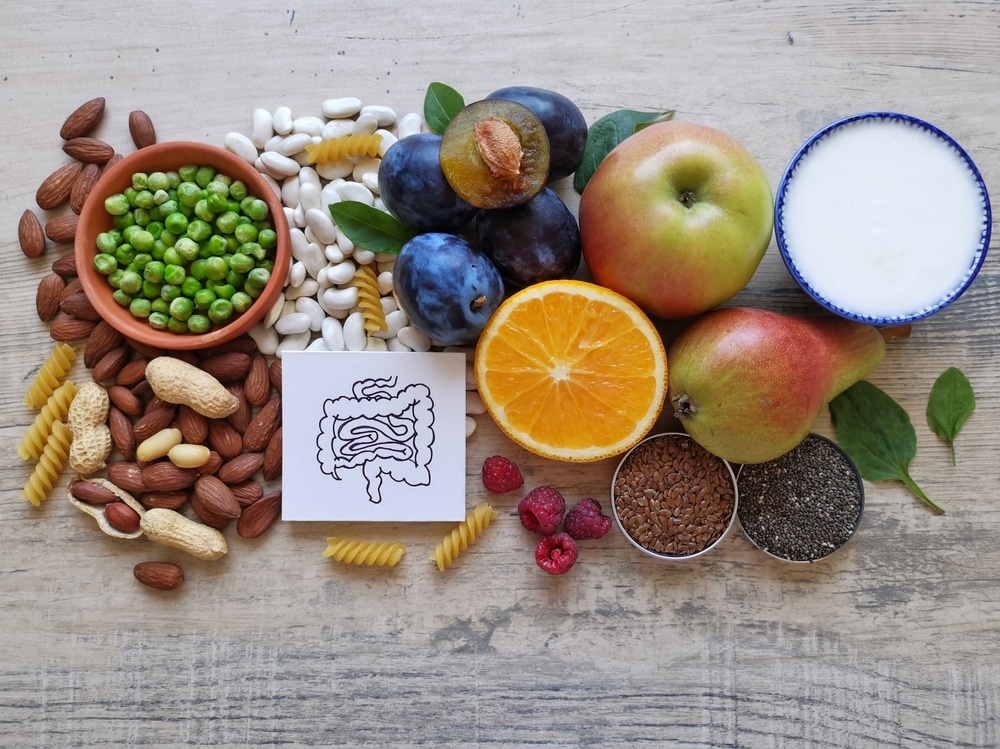Unlock Better Health: The Essential Guide to Understanding Fiber and Its Benefits
Fiber is often celebrated as nature’s broom, sweeping through our digestive system and doing wonders for our overall health. Yet many of us are still in the dark about just how crucial this nutrient is and how to effortlessly weave it into our busy lives. So, let’s take a closer look at the realm of fiber, discover the best sources to incorporate into our meals, and unveil the numerous ways this unsung hero can enhance our well-being—many of which you might not have thought about before.
Let’s start by getting to know fiber a bit better. Commonly referred to as roughage or bulk, fiber is the part of plant foods that our bodies simply can’t digest. Unlike proteins, fats, and carbohydrates that provide energy for our bodies, fiber takes a bit of a different journey. It travels through our digestive tract largely intact, which makes it a vital player in keeping everything running smoothly.
Now, it’s essential to understand that not all fiber is created equal! There are two main types: soluble and insoluble, and both play unique roles in our health.
Soluble fiber is like a gentle guide for your gut. When it comes into contact with water, it forms a gel-like substance that can slow digestion—in the best way possible! Think of foods like oats, beans, apples, and those bright citrus fruits. Here’s how they can enhance your life:
- Supports a healthy weight: Soluble fiber helps you feel full longer, curbing those pesky hunger pangs between meals.
- Lowers cholesterol: It can snag some cholesterol from your food before it gets into your bloodstream, making it great for heart health.
- Stabilizes blood sugar: By managing the speed at which your body absorbs carbohydrates, it helps you maintain steady blood sugar levels—a crucial factor for energy balance.
- Boosts heart health: Regular consumption of soluble fiber can reduce your risk of heart disease by managing your cholesterol and blood sugar levels.
- Nourishes gut bacteria: Certain types of soluble fibers provide a feast for the beneficial bacteria in your gut, supporting a harmonious digestive environment.
On the flip side, we have insoluble fiber, which may not dissolve in water, but it’s vital in adding bulk to your stool and helping things move along in your digestive tract. Foods like whole wheat bread, bran, nuts, and veggies such as cauliflower and potatoes are excellent sources. Here’s why giving this fiber type a spot on your plate is essential:
- Prevents constipation: By increasing stool bulk and drawing water into the intestines, insoluble fiber helps keep everything moving.
- Reduces digestive issues: It can lower your chances of conditions like diverticular disease and hemorrhoids, making it a true friend in your digestive journey.
- No extra calories: It fills you up without piling on the calories, which can be a game changer if you’re trying to manage your weight.
It’s important to strike a balance between soluble and insoluble fiber. Mixing both types into your meals doesn’t just promote good digestion; it contributes to heart health, weight regulation, and overall wellness. So, check your grocery list—your body will undoubtedly thank you!
Now, crafting a daily fiber routine doesn’t have to be overwhelming; even small, easy changes can yield significant health benefits. Start your day with a hearty breakfast of oatmeal topped with your favorite fruit, or select whole-grain cereal instead of sugary options. Make legumes, whole grains, and a rainbow of veggies staples in your meals. For snacks, reach for fruit, a handful of nuts, or some seeds—each of these will boost your fiber intake without a second thought.
Keep in mind to gradually increase your fiber consumption to stave off any digestive discomfort and remember to hydrate, as fiber works best when you’re well-hydrated.
Now, let’s face it—sometimes, even with the best intentions, hitting those daily fiber goals through diet alone can feel like an uphill battle. Processed foods are everywhere, and our busy lives often leave little room for conscious meal planning. That’s where fiber supplements come into play! For those needing a little extra boost, products like psyllium husk can help fill in nutritional gaps, especially for those with specific dietary restrictions or higher fiber needs. These supplements are generally safe for regular use, but do remember that it can take a little while for your body to adjust.
As you incorporate fiber supplements, be strategic with your hydration and adjust your intake slowly to avoid any pesky digestive issues. Furthermore, if you’re on medications, it’s wise to take your fiber supplement either two hours before or two hours after your dose, because it might affect how your body absorbs your meds. Fiber supplements come in various forms—powders, pills, or gummies—so you can choose what works best for you. Just make sure to check in with a healthcare professional before diving into any new supplements to confirm they align with your health needs.
Finally, there’s an important issue at play: Despite the FDA recommending that women aim for 25 grams of fiber and men for 38 grams each day, a staggering 95% of Americans fall short of these targets. This phenomenon, known as the “fiber gap,” stems largely from our love affair with processed foods that lack whole, plant-based goodness.
Bridging this gap is all about making intentional preferences in your food choices. Opt for whole grains instead of refined ones, pack your plate with fruits and veggies, and consider fiber supplementation when necessary. Change doesn’t happen overnight, but every small step adds up!
Incorporating fiber into our daily lives may seem like a simple change, but it can lead to lasting improvements in our health. So let’s embrace this powerhouse nutrient together—your gut and heart will both be grateful!













